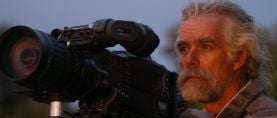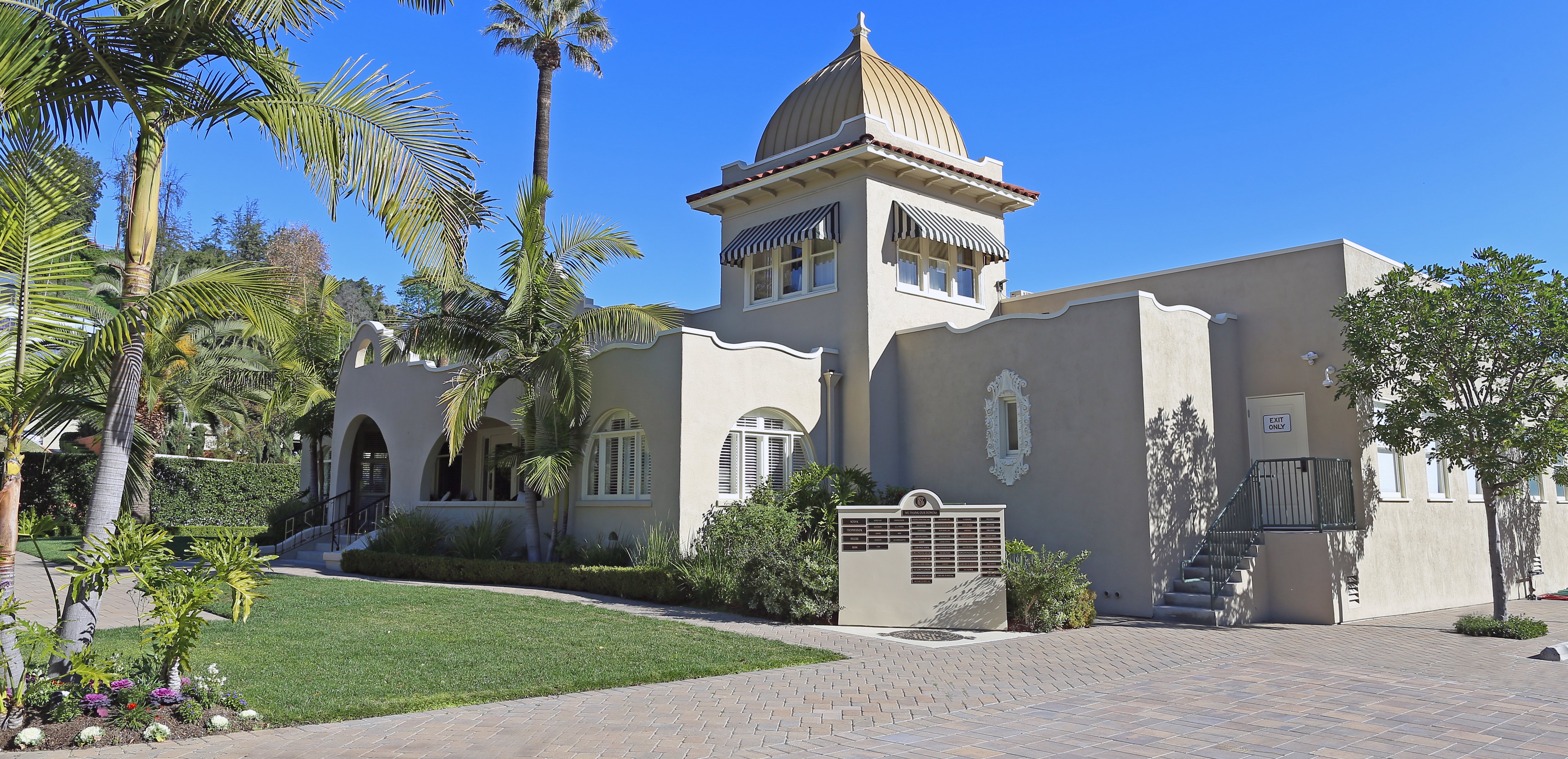
Archive Committee Hosts “The ASC in Early Hollywood” Event
Media scholar Luci Marzola delivered a lecture at the Clubhouse on the influence of the cinematographer as the “connective tissue” between the art and science of filmmaking.
Three years ago, Christopher Chomyn, ASC, who serves as chair of the Publications Committee, set out to build a complete archive of American Cinematographer magazine. With nearly 100 years of issues — some extremely hard to track down — he knew this task was going to be an immense undertaking. But, preserving the history of the ASC and the art and craft of cinematography is a core mission of the Society, and issues of AC have long been treated as academic texts by working professionals. Therefore, as the ASC approached its centennial in 2019 (with the magazine’s centennial to follow in 2020), creating an archive and preserving this wealth of information was a top priority.
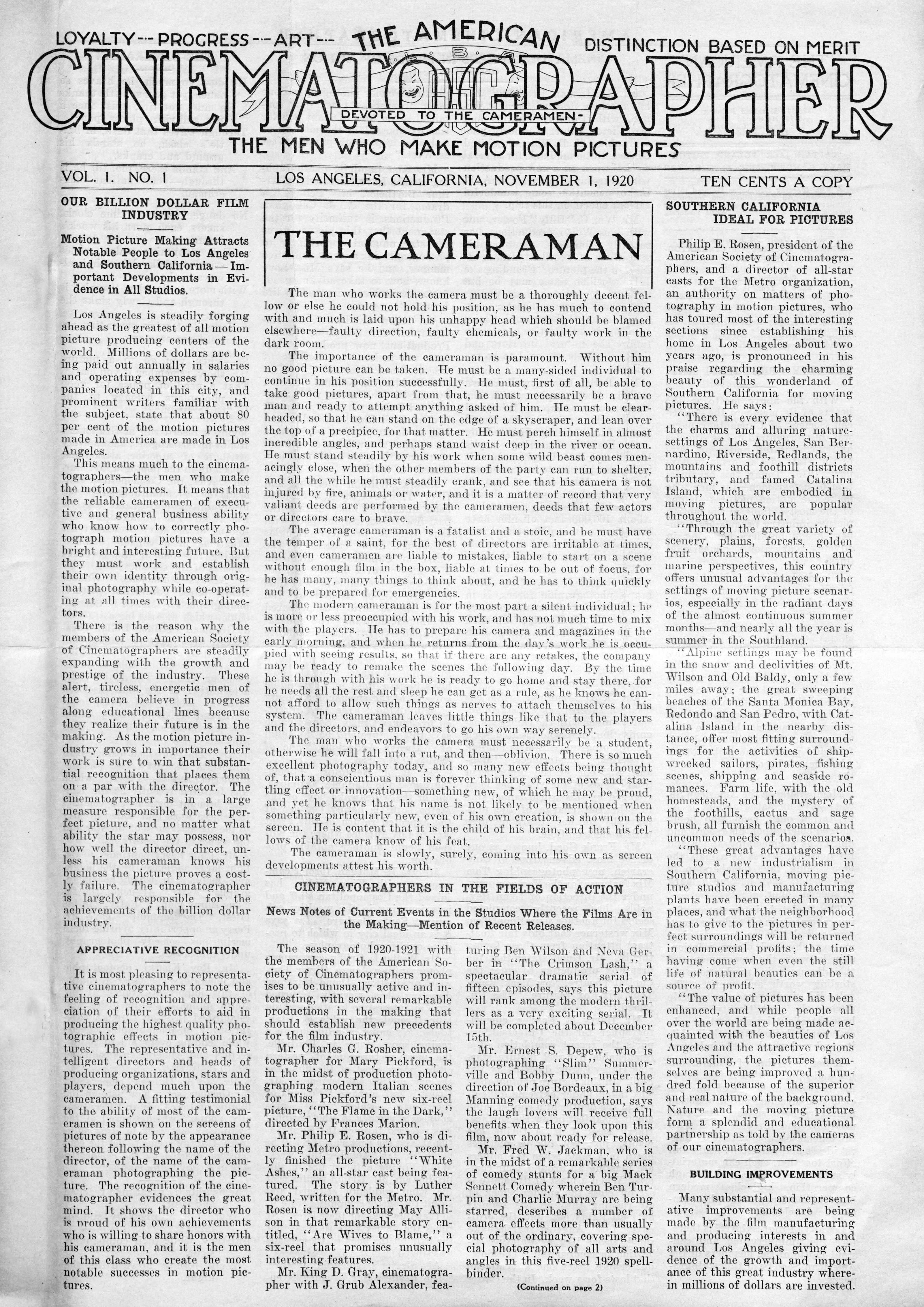
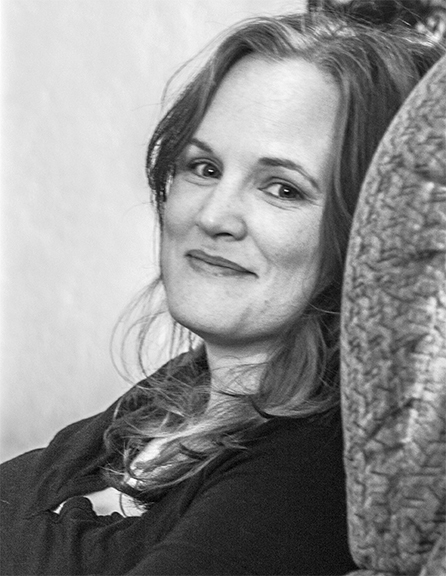
Through this endeavor, Chomyn, who now also serves as chair of the Archive Committee, met film and media historian and scholar Luci Marzola, whose research focuses on the technology and technicians of the early motion-picture industry. As Chomyn puts it, Marzola gave him “a head start” on building the archive. She introduced him to digital libraries as well as individuals who had private libraries with early issues of American Cinematographer.
With work from the Archive Committee; volunteers; and Mat Newman, the Society’s director of technology and web producer, the ASC now has a complete online archive of AC that is currently available to members, with a searchable database index now being worked upon.
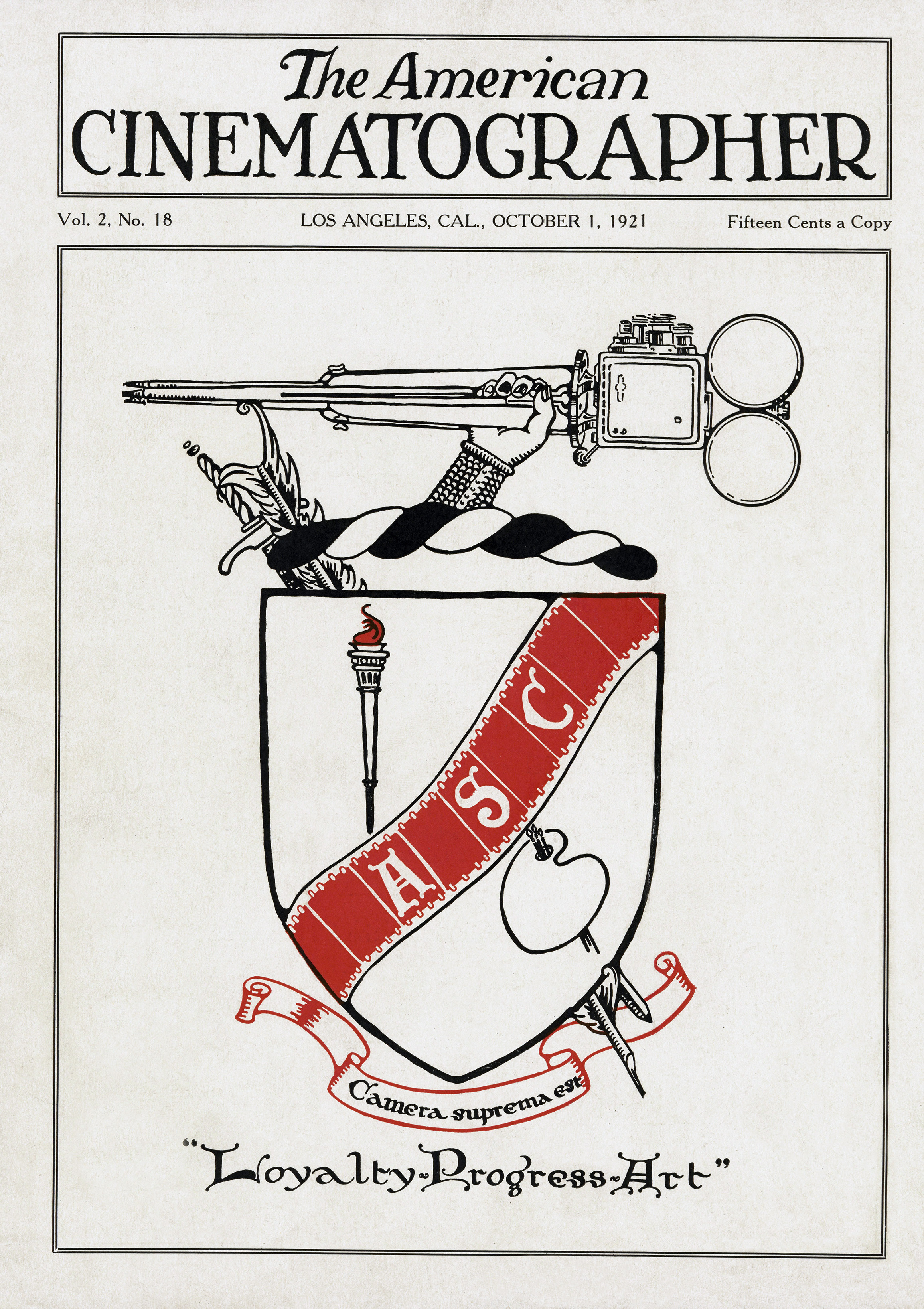
In August, the Archive Committee held a dinner event for members and associates at the ASC Clubhouse in Hollywood that included a lecture by Marzola about the influence of the ASC in early Hollywood. Members who attended the event included Amelia Vincent, Guillermo Navarro, Julio Macat, Robert Yeoman, Woody Omens, Suki Medenčević, Bill Taylor, John Bailey, Curtis Clark, Gil Hubbs, Karl-Walter Lindenlaub, Charlie Lieberman, Bill Bennett and Steven Shaw, among others.
Associates in attendance included Douglas Kirkland, Mark Kirkland, Rob Hummel, Michael Keegan, Seth Emmons, Joachim Zell and Snehal Patel, among others.
Marzola calls herself a “lifelong film buff,” and while she always thought she wanted to make movies, she later discovered that what she was most interested in was watching and studying them. She was particularly interested in the early years of Hollywood and deciphering why the industry worked the way that it did.
Her research brought her to the Silent Era, and she realized that the connective tissue between the art and science of filmmaking was (and is) the cinematographer. With this new focus, she headed to the Academy’s Margaret Herrick Library, which contains all early ASC member records, and pulled the files of every member invited to join before 1930 in order to research how the Society was formed and the cinematography profession was formally organized.
Among the highlights of her lecture were details on the “eras” of early Hollywood, which progressed to the point where “cinematographers organized” and the ASC was formed. She concluded her discussion with a focus on the Society’s founding motto — Loyalty, Progress, Artistry — and two members, Glenn R. Kershner and Joseph Dubray, who she believes best exemplified the pillars of loyalty and progress, respectively. Kershner contributed many cartoons to issues of American Cinematographer, all of which depicted and uplifted the cinematographer, and Dubray — who was one of the few members at the time who had formal training and education in chemistry — greatly influenced Hollywood’s relationship with technology. (Something the Society continues today through the ASC Motion Imaging Technology Council.)
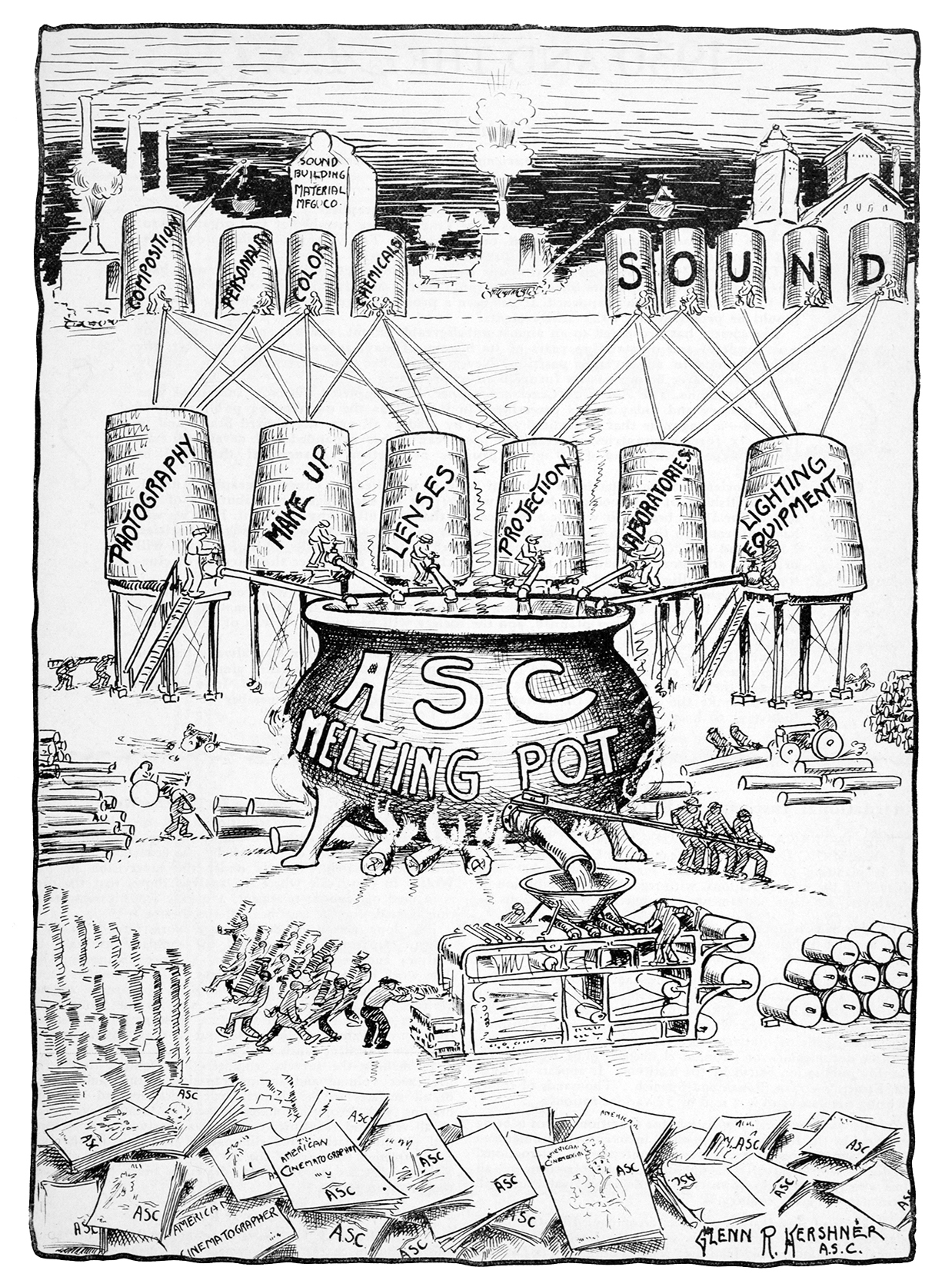
Marzola’s upcoming book, Engineering Hollywood: Technology, Technicians, and the Science of Building the Studio System, was awarded a fellowship from the National Endowment for the Humanities. Her research has also been supported by the Smithsonian Institution and USC’s Visual Studies Research Institute.
The online AC archive and searchable database will be made available to the public once the project is completed.
